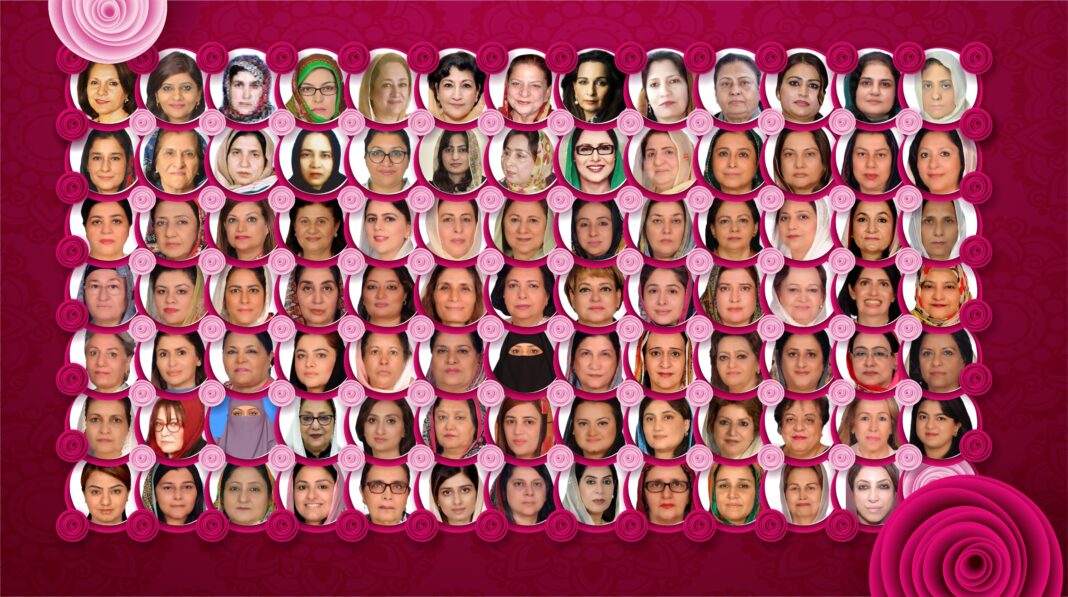Reserved seats for women throw up several questions, including the one regarding their interests and allegiance. Here’s more on the subject!
Articles 51 and 106 of the Constitution of Pakistan delineate reserved reserved seats for women in both the National Assembly and Provincial Assemblies. Presently, women on reserved seats participate in the Senate, National Assembly, and provincial assemblies through a party list system based on proportional representation.
Following an election, the allocated reserved seats are distributed among political parties in proportion to their total general seats won. The process involves parties nominating candidates for reserved seats, and these nominees do not represent specific geographical constituencies.
Notably, the Constitution does not impose a requirement on political parties to ensure that candidates for reserved seats come from different districts.
Reserved Seats Allocation: Is it Equitable?
In the context of the 15th National Assembly, there were 60 reserved seats, allocated across 32 districts. However, it is noteworthy that out of these 60 reserved seats, 14 members belonged from Lahore. In the case of Punjab Assembly, where out of the total 66 women representatives on reserved seats, 39 hailed from Lahore. Consequently, a significant majority of women on reserved seats in the National Assembly represent a single region, specifically Lahore.a
A similar scenario is evident in the provinces of Sindh, Balochistan, and Khyber Pakhtunkhwa. In Sindh’s Provincial Assembly, out of the 29 female representatives on reserved seats, a substantial 19 were from Karachi. This distribution prompts concerns about the representation of rural Sindh.
Similarly, in Balochistan, seven out of the 11 female representatives hailed from Quetta, while in Khyber Pakhtunkhwa, half of the 22 women representatives on reserved seats belonged from Peshawar. This geographical concentration raises concerns about the equitable distribution of female representation across diverse regions within these provinces.
The table below presents detailed statistics of all representatives from National and Provincial Assemblies:
Table 1:Reserved Female Representatives at National and Provincial Assembly
| National | Punjab | Sindh | Balochistan | Khyber Pakhtunkhwa | |
| Number of Reserved Seats | 60 | 66 | 29 | 11 | 22 |
| Number of Districts from where Women on Reserve Seats belong | 32 | 19 | 9 | 6 | 11 |
| Lahore | 14 | 39 | |||
| Karachi | 6 | 19 | 1 | ||
| Peshawar | 4 | ||||
| Quetta | 3 | 7 | |||
| Rawalpindi | 4 | 5 | |||
| Islamabad | 3 | 2 | |||
| Sialkot | 2 | 2 | |||
| Others | 24 | 18 | 10 | 3 | 11 |
Whose Interest do Women on Reserved Seats Serve?
All these observations lead to a fundamental question regarding the true representativeness of women on reserved seats, particularly when their presence is predominantly concentrated in a few major cities.
While acknowledging the substantial value of their participation and contributions to the legislative process, there is a growing apprehension about the clarity of whose interests these women on reserved seats truly represent.
Over time, there has been a characterization of these women as ‘proxies’ for their male colleagues who, for various reasons, are unable to contest elections themselves. This perception raises concerns about the extent to which these female representatives can authentically advocate for the diverse interests of their constituencies.
A Case for Reconsideration
While acknowledging the substantial role played by these women legislators, there is an ongoing debate that calls for a reconsideration of the existing system. The argument suggests a need to reassess the system that compels political parties to allocate seats in a manner reflective of geographical constituencies.
The proposal is to elevate women with diverse backgrounds to these reserved seats, fostering a more representative and inclusive representation. By adopting such an approach, the aim is to broaden the representation net of these elected representatives, ensuring a more comprehensive reflection of the populace.
This shift could contribute to fostering a sense among the people that they are genuinely and comprehensively represented, thereby enhancing the democratic process.


